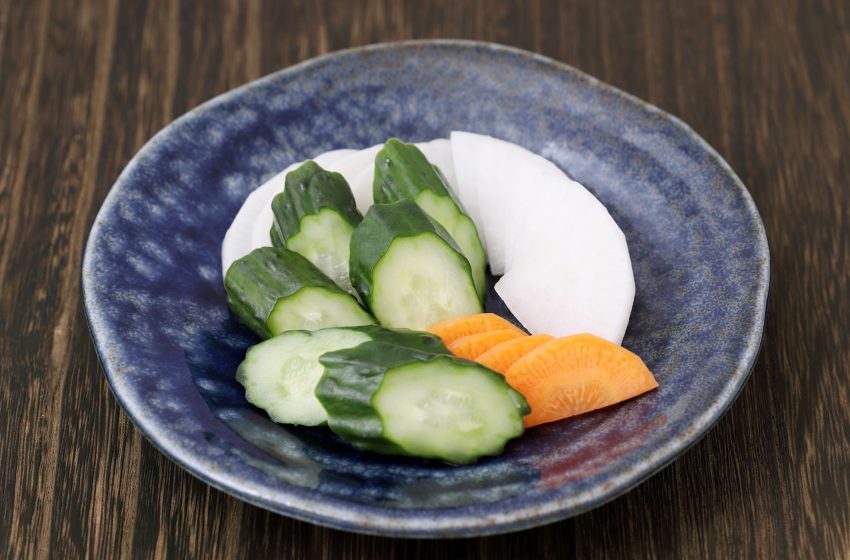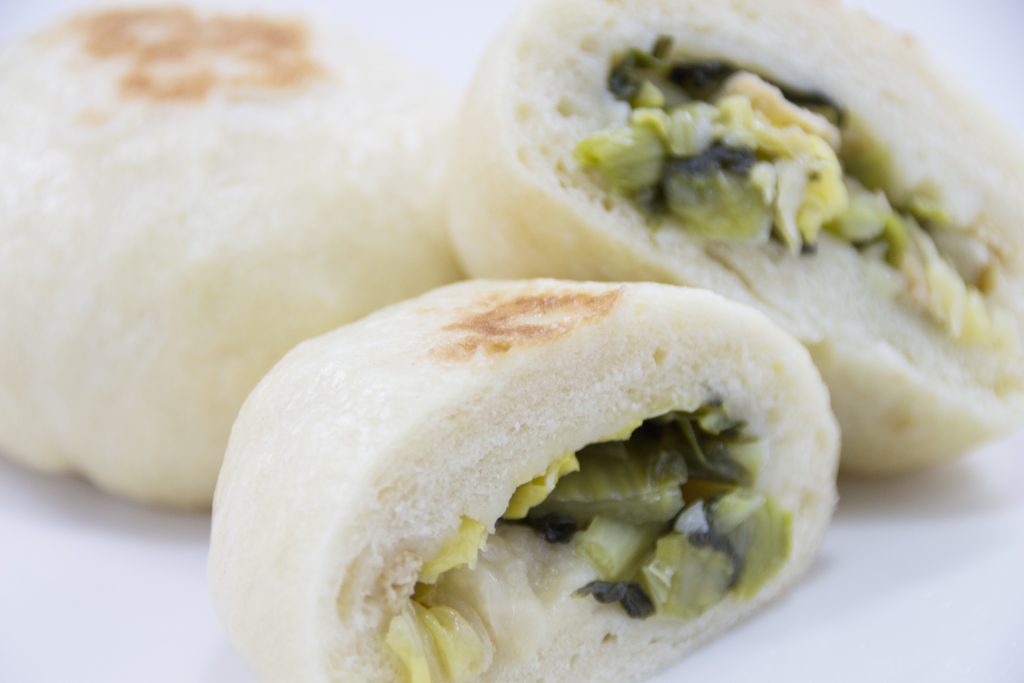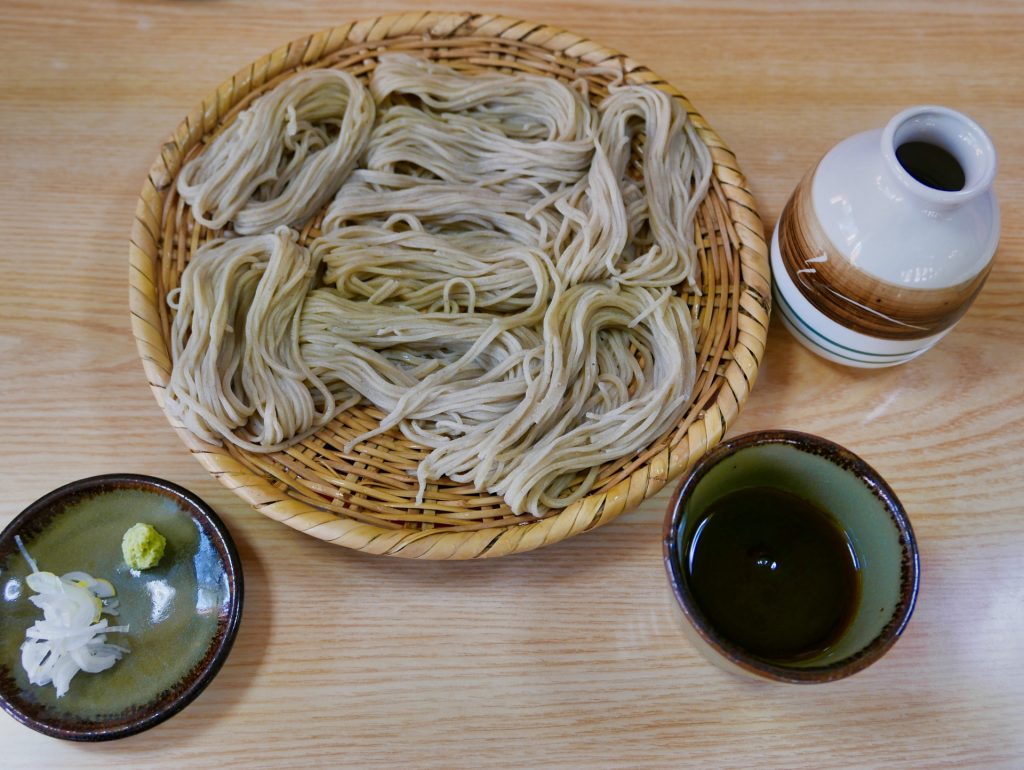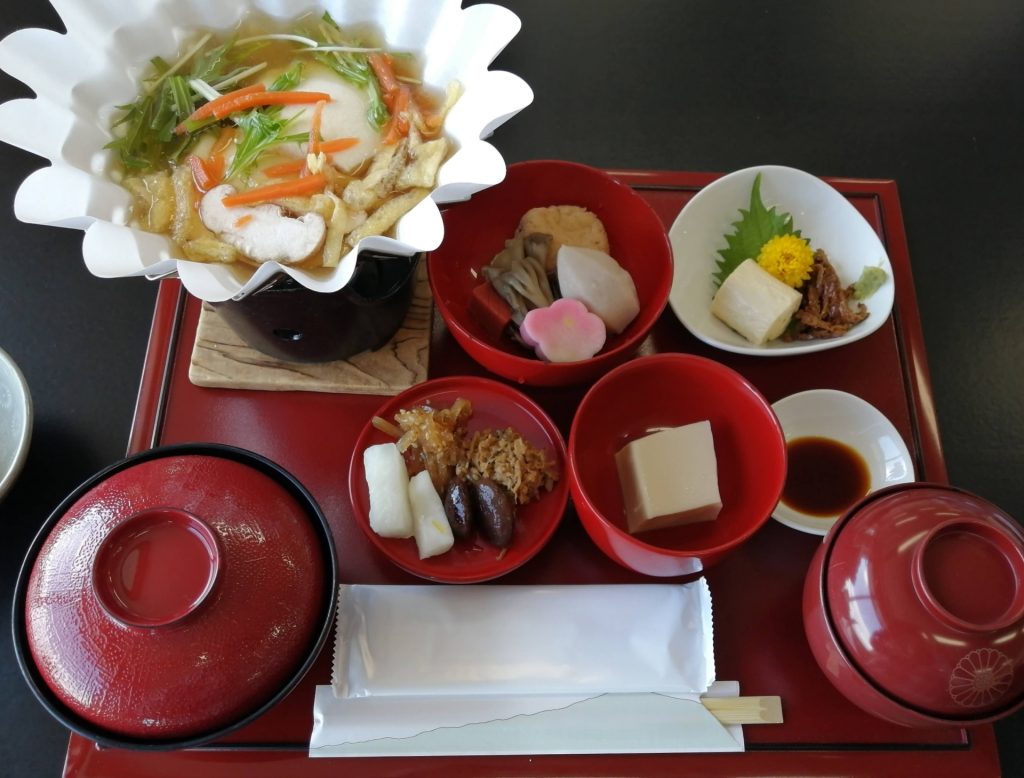
Discovering Tsukemono: The Art of Japanese Pickles
Greetings, culinary explorers and lovers of Japanese culture! Today, we delve into the vibrant world of Tsukemono, an essential element of Japanese cuisine that brings color, texture, and flavor to every meal. Tsukemono, or Japanese pickles, play a crucial role in Japan’s food culture, offering a delightful contrast to the main dishes with their crispness, tanginess, and savory depth. Let’s embark on a flavorful journey to explore the diverse and delicious world of Tsukemono.
What are Tsukemono?
Tsukemono refers to a wide variety of pickled vegetables in Japanese cuisine. The practice of pickling has been an integral part of Japan’s culinary tradition for centuries, serving not only as a method of preserving food but also as a way to enhance meals with complementary flavors and textures. From the crunch of a freshly pickled cucumber to the deep umami of aged miso-zuke (miso-pickled vegetables), Tsukemono can range from refreshingly simple to complex and flavorful.
Popular Types of Tsukemono
- Umeboshi: Perhaps the most iconic of all Tsukemono, these are pickled ume fruits (often referred to as plums but more closely related to apricots). Umeboshi are known for their sour and salty taste and are believed to have health benefits, including aiding digestion and boosting vitality.
- Shibazuke: Originating from Kyoto, Shibazuke is a mixture of cucumbers and eggplant fermented with red shiso leaves, giving it a distinctive purple color and a slightly spicy, tangy flavor.
- Takuan: These are pickled daikon radishes, left to ferment until they achieve a sweet, tangy flavor and a crunchy texture. Takuan is often served at the end of meals to cleanse the palate.
- Gari: Thinly sliced young ginger marinated in sugar and vinegar, Gari is most famously served with sushi to refresh the taste buds between bites.
- Kyurizuke: Pickled cucumbers seasoned with soy sauce, sake, and a mix of spices. They are a crunchy, savory treat that pairs wonderfully with rice dishes.
The Role of Tsukemono in Japanese Cuisine
Tsukemono are much more than just a side dish; they are a fundamental component of Japanese dining, serving multiple purposes:
- Palate Cleanser: Tsukemono refresh the palate, enhancing the flavors of the main dishes.
- Digestive Aid: The natural fermentation process introduces beneficial bacteria, aiding in digestion.
- Nutritional Balance: Tsukemono add vitamins and minerals to the diet, complementing the nutritional profile of the meal.
Enjoying Tsukemono
Tsukemono can be enjoyed in various ways, from a simple side dish to a key ingredient in other dishes. They are a staple at traditional Japanese breakfast tables, included in bento boxes for a touch of flavor, and served alongside tea as a snack. The beauty of Tsukemono lies in their versatility and the subtle balance they bring to a meal.
Making Tsukemono at Home
The art of making Tsukemono at home is both accessible and rewarding. Basic pickles can be made by simply salting vegetables to draw out moisture and then pressing them under a weight to ferment. For those looking to experiment, there are numerous recipes online ranging from quick pickles (Asazuke) to more complex, fermented varieties.
Conclusion: A Taste of Tradition
Tsukemono embody the elegance and depth of Japanese cuisine, offering a taste that is deeply rooted in tradition yet vibrant and alive. Whether you’re enjoying the crisp bite of a pickled radish or the complex flavors of miso-zuke, Tsukemono are sure to add a delightful dimension to your culinary exploration of Japan.
So, the next time you sit down to a Japanese meal, take a moment to savor the Tsukemono. These pickled treasures are not just food; they are a bridge to understanding the culture, history, and flavors of Japan.




